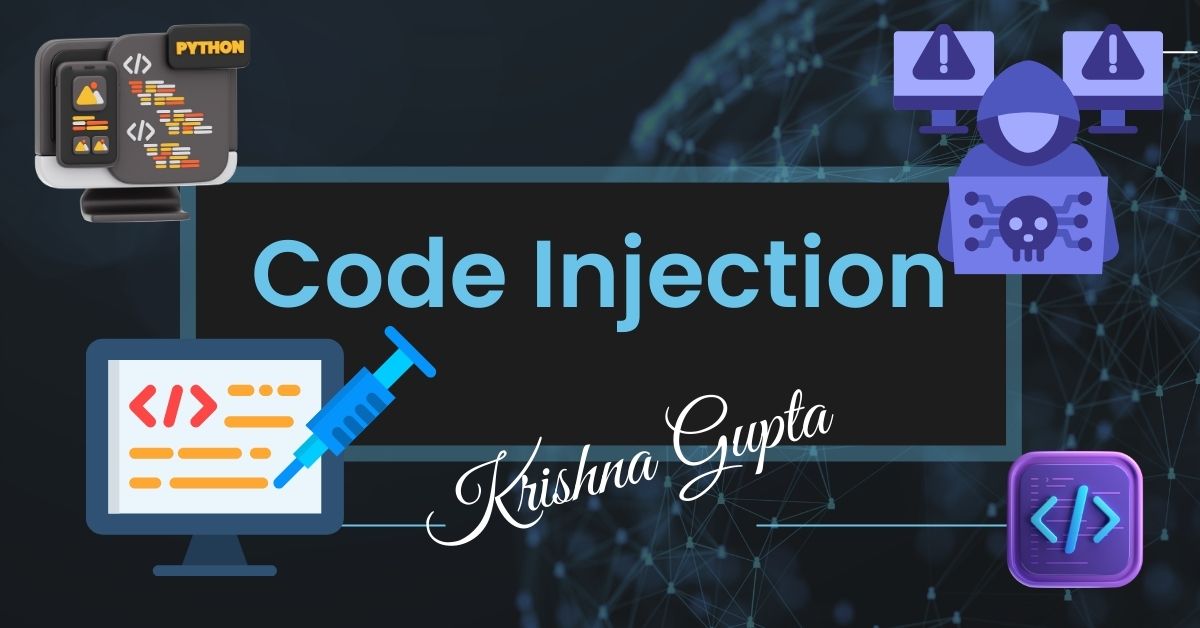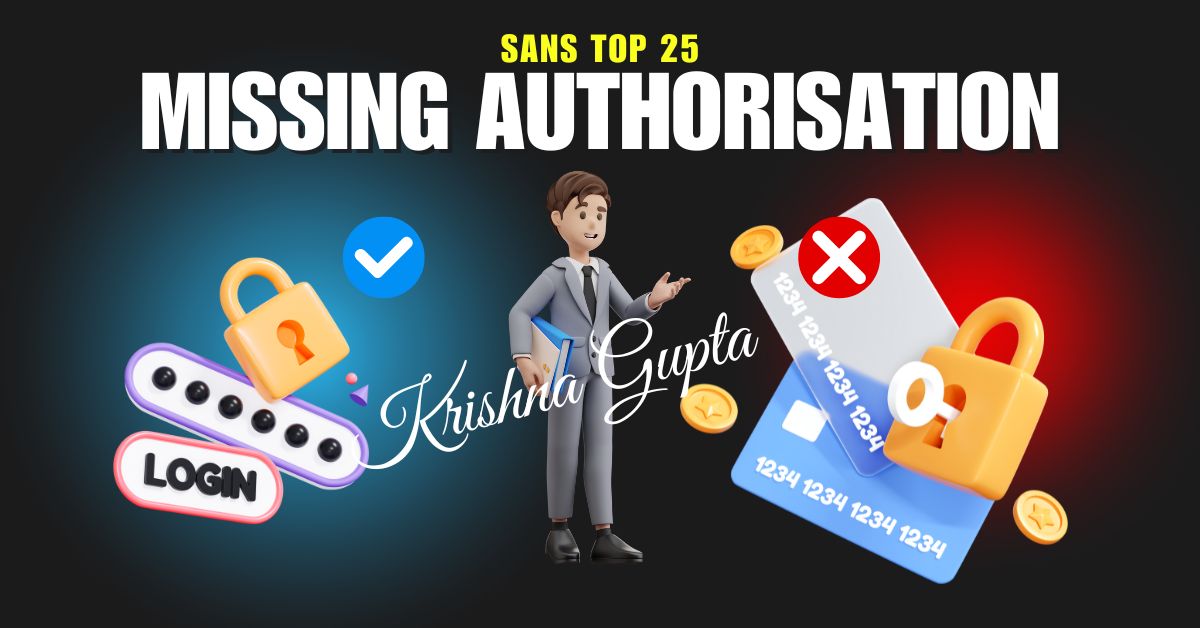India’s Rising Cyber Threats: How MSMEs Can Defend Against Growing Attacks
MSMEs are particularly vulnerable to cyberattacks due to various factors, including nation-state attackers from envious countries.
In recent years, India has seen a dramatic increase in cyberattacks, with the average website experiencing **6.9 million unwanted requests annually**, according to Indusface. Alarmingly, this is **26% higher than the global average**, making Indian businesses, particularly Micro, Small, and Medium Enterprises (MSMEs), highly vulnerable. **Denial-of-Service (DoS) attacks** are also disproportionately affecting Indian companies compared to global counterparts.
For MSMEs, which form the backbone of India’s economy, these attacks pose a severe threat. Unlike large corporations, MSMEs often lack **robust cybersecurity infrastructure**, making them prime targets for cybercriminals. The impact of such attacks extends beyond financial loss—**operational disruptions, reputational damage, and legal consequences** can cripple a business overnight.




